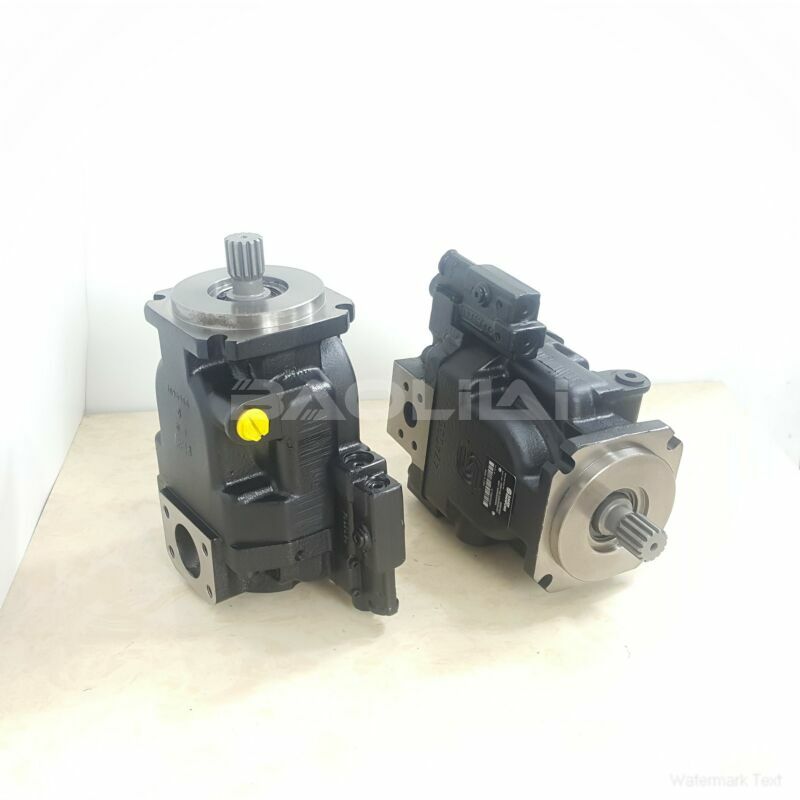FRL074BLB2814NNN3S1R2A1NNNNNNNNNN high pressure pump
FRL074BLB2814NNN3S1R2A1NNNNNNNNNN high pressure pump

- Product Details
- Applicable Scene
Danfoss hydraulic pumps are renowned for their reliability and efficiency in various applications. However, like any mechanical system, they can experience issues that may affect performance. This guide provides a systematic approach to troubleshooting common problems with Danfoss hydraulic pumps.
FR-L-074B-LB-28-14-NN-N-3-S1R2-A1N-NNN-NNN-NNN
FRL074BLB2814NNN3S1R2A1NNNNNNNNNN
Identify the Problem

83019724
The first step in troubleshooting is to clearly identify what issues you are experiencing. Common problems include:
Reduced flow or pressure
Excessive noise
Overheating
Leaking hydraulic fluid
Check the Power Supply
Ensure that the pump is receiving the correct power supply. Inspect electrical connections for damage or corrosion. Check fuses and circuit breakers to rule out electrical issues.
Inspect Fluid Levels
Verify that the hydraulic fluid levels are adequate. Low fluid levels can lead to cavitation and decreased performance. If levels are low, refill with the appropriate hydraulic fluid specified by the manufacturer.
Examine for Leaks
Inspect the pump and surrounding areas for signs of hydraulic fluid leaks. Leaks can indicate damaged seals or loose connections. Tighten connections and replace any damaged seals as necessary.
Check Filters and Strainers
Clogged filters or strainers can impede fluid flow and affect pump performance. Inspect and clean or replace filters as required to ensure unrestricted flow.
Monitor Operating Temperature
Overheating can indicate problems such as excessive load, low fluid levels, or insufficient cooling. Use a temperature gauge to monitor operational temperatures and take corrective action as needed.
Listen for Abnormal Noise
Noise can often signify mechanical issues within the pump. Listen for unusual sounds such as grinding, whining, or knocking. These sounds may indicate worn bearings or cavitation.
Review the Pump Specifications





